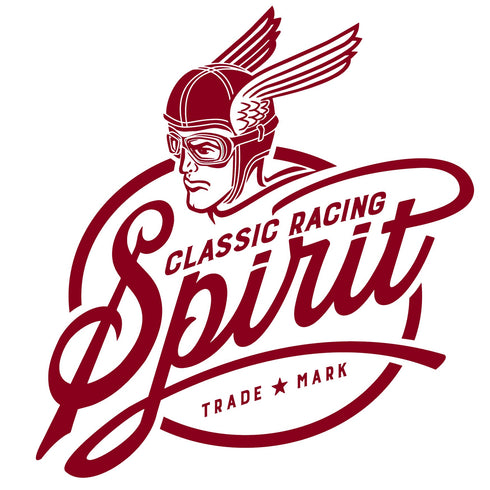
After the Great War, Campbell married for a second time and had a son, Donald, a year later followed by a daughter, Jean, two years after that. By 1923 he had bought an aero-engined Sunbeam 350HP - that he also painted blue and named “Blue Bird” - in which he made a number of attempts at land speed records.
Having posted what would have been world record times of 137.72 mph and 138.08 mph in the summers of 1923 and 1924 - with neither being officially recognised due to the type of timing equipment used - Campbell then took his Sunbeam to Pendine Sands in South Wales. There, on 25 September 1924, he set his first officially sanctioned world record of 146.16 mph.


By now dubbed Sir Malcolm Campbell, in his last attempt in September 1935, he became the first person to exceed 300 mph with a record speed of 301.129 mph in his Campbell-Railton Blue Bird at Bonneville Salt Flats.

In the Blue Bird K3 boat in September 1937, Sir Malcolm broke the water speed record on Lake Maggiore with a speed of 126.33 mph and then 129.56 mph the following day.

He set another world record of 130.93 mph a year later on Lake Hallwyl but he wasn’t satisfied with such a small increase and so decided that a new boat was required. Blue Bird K4 had the same power plant but crucially the hull design was a three point hydroplane which, when up to speed, planed on two outboard keels at the front and one central keel at the rear.
As well as the advantage of increased stability, the area of the hull in contact with the water was much smaller than with the mono-hull of the K3 and so the drag was massively reduced. On 19 August 1939 on Coniston Water in the English Lake District, Sir Malcolm set what was to be his last world speed record of 141.74 mph.
